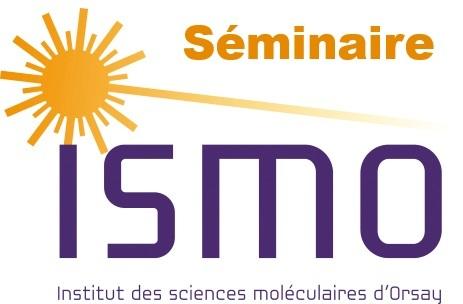
Soutenance de thèse de Gianluca CATTINARI en VISIOCONFERENCE
Natural rubber latex-carbon black/silica coagulation : following the nanostructure evolution from a colloidal suspension to an elastomeric composite
thèse de Gianluca CATTINARI
Lien vers la conférence :
https://eu.bbcollab.com/guest/e57a979bfc2846dc8c25dc71464b6fe6
Natural rubber latex extracted from Hevea brasiliensis is known to be used for the preparation of a variety of materials. Addition of reinforcing fillers is a well-established method to increase the performance of the resulting polymer matrix. Among the methods existing to mix natural rubber and fillers, the “liquid route” is central for MICHELIN innovation strategy. In this process, natural rubber latex is mixed with an aqueous suspension of fillers (silica/ carbon black) giving rise to a hetero-coagulum, which is further subjected to dehydration and drying to produce a nanocomposite. If this process is quickly developing at engineering level, the structural knowledge of the hetero-coagulum as well as the mechanisms regulating aggregation and coagulation is still at its infancy.
In this context, we employed a multimodal nanoscopic microscopy approach comprising : Field Emission Scanning Electron Microscopy (FESEM) (with both backscattering electron imaging and secondary electron), optical super resolution microscopy (d-STROM) (up to now only rarely applied to materials) and atomic force microscopy coupled with infrared spectroscopy (AFM-IR).
With this approach we successfully followed the structural evolution dynamics during coagulation and drying, unravelling nanoscopic mechanisms occurring during the liquid phase mixing, and therefore contributing to the fundamental understanding of this process of industrial interest.
VISIOCONFERENCENatural rubber latex-carbon black/silica coagulation : following the nanostructure evolution from a colloidal suspension to an elastomeric composite
thèse de Gianluca CATTINARI
Lien vers la conférence :
https://eu.bbcollab.com/guest/e57a979bfc2846dc8c25dc71464b6fe6
Natural rubber latex extracted from Hevea brasiliensis is known to be used for the preparation of a variety of materials. Addition of reinforcing fillers is a well-established method to increase the performance of the resulting polymer matrix. Among the methods existing to mix natural rubber and fillers, the “liquid route” is central for MICHELIN innovation strategy. In this process, natural rubber latex is mixed with an aqueous suspension of fillers (silica/ carbon black) giving rise to a hetero-coagulum, which is further subjected to dehydration and drying to produce a nanocomposite. If this process is quickly developing at engineering level, the structural knowledge of the hetero-coagulum as well as the mechanisms regulating aggregation and coagulation is still at its infancy.
In this context, we employed a multimodal nanoscopic microscopy approach comprising : Field Emission Scanning Electron Microscopy (FESEM) (with both backscattering electron imaging and secondary electron), optical super resolution microscopy (d-STROM) (up to now only rarely applied to materials) and atomic force microscopy coupled with infrared spectroscopy (AFM-IR).
With this approach we successfully followed the structural evolution dynamics during coagulation and drying, unravelling nanoscopic mechanisms occurring during the liquid phase mixing, and therefore contributing to the fundamental understanding of this process of industrial interest.
